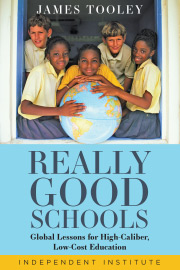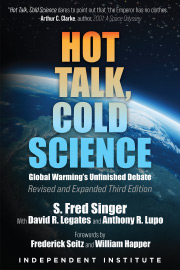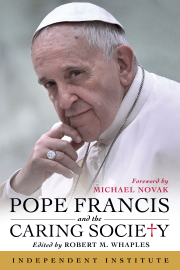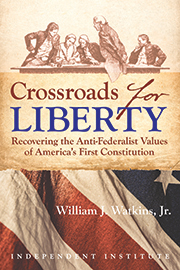Why Are Prescription Prices Higher in the United States?
Jeanne Whalen of the Wall Street Journal has written a feature article comparing U.S. prescription drug prices to those overseas. Unsurprisingly, she find prices in other developed countries lower, and credits government price controls in other countries with (pretty much) all the difference.
A vial of the cancer drug Rituxan cost Norway’s taxpayer-funded health system $1,527 in the third quarter of 2015, while the U.S. Medicare program paid $3,678. An injection of the asthma drug Xolair cost Norway $463, which was 46% less than Medicare paid for it.
Drug prices in the U.S. are shrouded in mystery, obscured by confidential rebates, multiple middlemen and the strict guarding of trade secrets.
The state-run health systems in Norway and many other developed countries drive hard bargains with drug companies: setting price caps, demanding proof of new drugs’ value in comparison to existing ones and sometimes refusing to cover medicines they doubt are worth the cost.
(Jeanne Whalen, “Why the U.S. Pays More Than Other Countries for Drugs,” Wall Street Journal, December 1, 2015)
I do not dispute the facts of the article. I take issue with the article’s misidentification of the primary reason why drug prices are different. The piece actually does a good job of differentiating between countries where the state exercises monopsony power over drug purchases (like Norway) and countries where the state does not exercise purchasing power but imposes price controls on all sales (like Canada).
It is easy and intuitive to conclude that such government interventions reduce prices. However, contrary evidence shakes that thesis. The price differences are better explained by relative purchasing power. I showed this by example in a paper I wrote 15 long years ago, in which I compared prices for other goods and services which are the fruit of intellectual property. The markets for these goods and services are substantively the same in Canada and the United States. Despite the great similarity, Canadian prices were significantly discounted (Table 3).
Consider Quicken personal finance software. No law forced Intuit to sell the Canadian version of Quicken for significantly less than the U.S. version. The lower Canadian price was just the profit maximizing price, given market conditions.
Let me throw in a couple of other observations. As noted in the article, the prices of goods which do not contain a lot of intellectual property (or, perhaps more property stated, the prices of goods for which manufacturing and distribution costs are a very high share of total cost per unit) are lower in the United States than in other countries. I won’t try to go through the entire argument in this blog post, but it is clear that the prices of groceries, gasoline, clothing, et cetera, are not lower in the U.S. because the government drives a hard bargain on consumers’ behalf. No, they are lower because of competitive markets.
Further, the prices of all these items, even a simple can of soda pop, “are shrouded in mystery, obscured by confidential rebates, multiple middlemen and the strict guarding of trade secrets,” as the article describes the prescription market. I am referring, of course, to items like Coke or Pepsi, which nobody argues are expensive. The relevant difference in market structure between soft drinks and prescription drugs is that consumers spend their own money directly on the former, instead of spending it indirectly through insurers and government. Nor does it take 12 to 15 years to get a new soft drink on the market to compete with incumbent suppliers, like it does for prescription drugs.













